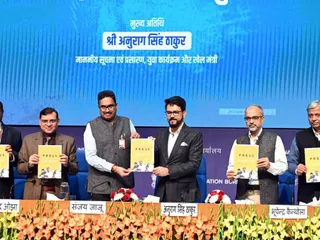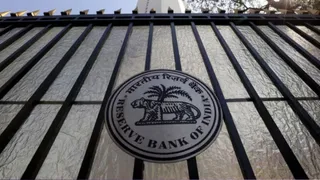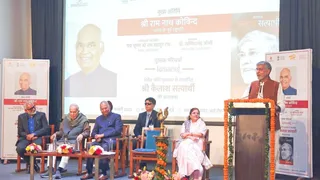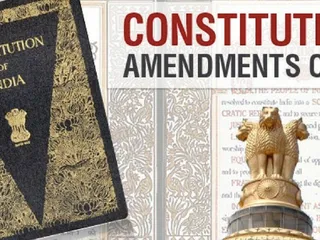Gandhi: A Life in Three Campaigns is a book by M.J. Akbar, which explores the life and legacy of Mahatma Gandhi through three pivotal campaigns that defined his leadership and impact in India's struggle for independence. Published in 2011, the book delves into Gandhi’s role as a leader in India's political and social history, focusing on the three major campaigns he led during his lifetime:
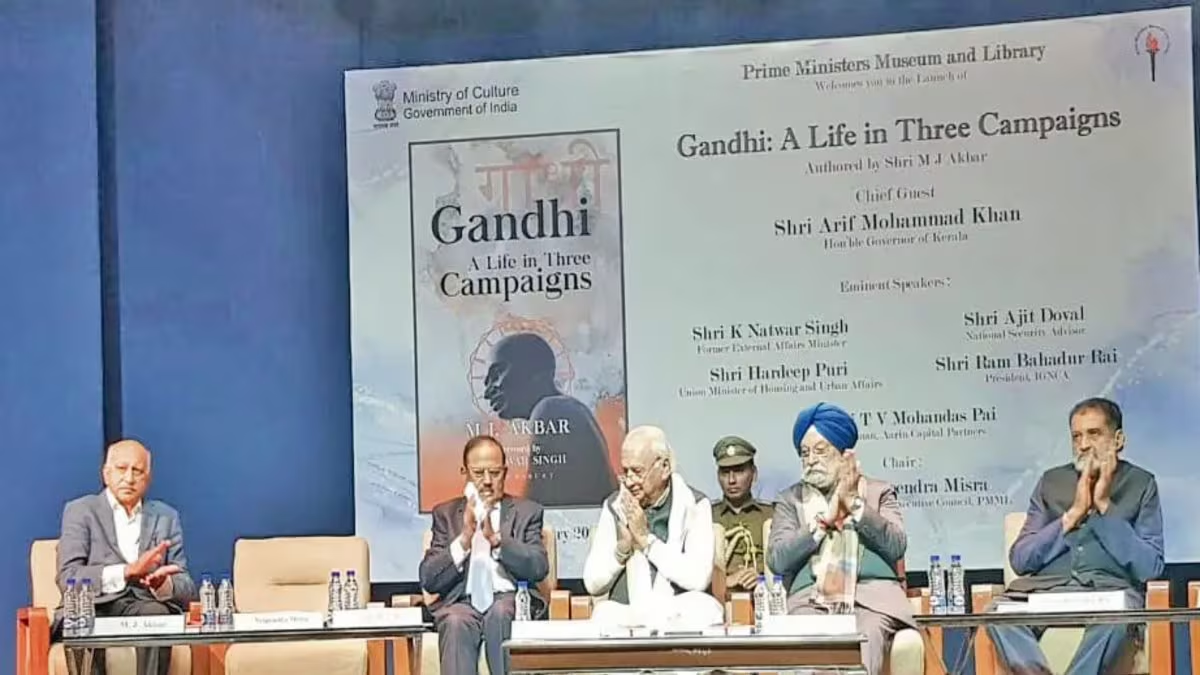
M.J. Akbar’s Gandhi: A Life in Three Campaigns offers a fresh perspective on the life of Mahatma Gandhi, one of the most iconic figures in modern history. Through an examination of three pivotal campaigns in Gandhi's struggle for Indian independence, Akbar provides readers with a deeper understanding of how Gandhi’s leadership, philosophies, and nonviolent resistance methods transformed not only India but the world.
This biography does more than recount historical events; it offers a nuanced view of the man behind the movements. The book explores Gandhi’s moral vision and his ability to rally millions of Indians around the cause of freedom and justice. Akbar places particular emphasis on three key movements that defined Gandhi's leadership: the Champaran Campaign (1917), the Non-Cooperation Movement (1920-1922), and the Quit India Movement (1942).
The Champaran Campaign: Gandhi’s First Major Political Intervention
The Champaran Campaign marked Gandhi's first significant involvement in the Indian independence movement. In 1917, Gandhi was invited to Bihar to assist indigo farmers who were being exploited by British planters. These farmers were forced to grow indigo under unfair conditions, and Gandhi’s intervention was a turning point in the struggle for social justice.
Akbar highlights how Gandhi used his principles of nonviolence and truth to guide the campaign. Instead of violent confrontation, Gandhi organized peaceful protests, challenged the British authorities, and empowered the oppressed farmers through nonviolent civil disobedience. This campaign not only led to significant reforms in the exploitation of the farmers but also solidified Gandhi’s reputation as a leader capable of challenging British imperialism with moral authority.
The Non-Cooperation Movement: A Call for National Unification
The Non-Cooperation Movement of 1920 was a watershed moment in India’s freedom struggle. Gandhi called on Indians to reject British goods, institutions, and services, and to take part in a peaceful boycott. The goal was to weaken British rule by cutting off economic and social ties with colonial authorities.
Akbar explores how Gandhi’s call for non-cooperation resonated with people from all walks of life. The movement became a national cause, and millions of Indians participated, abandoning British schools, courts, and government jobs in favor of self-reliance. Gandhi’s emphasis on nonviolence in this movement highlighted his unique approach to resistance.
However, the movement was interrupted in 1922 after the Chauri Chaura incident, where a violent clash led to the deaths of policemen. In line with his commitment to nonviolence, Gandhi called off the movement, despite the momentum it had gained. This decision is pivotal in understanding Gandhi's unyielding commitment to his principles, even when it meant halting progress in the short term.
The Quit India Movement: The Final Push for Freedom
In 1942, during World War II, Gandhi launched the Quit India Movement, demanding an immediate end to British rule in India. Akbar examines how this campaign, despite being ruthlessly suppressed by the British, marked the culmination of the independence struggle. Gandhi’s call for "Do or Die" inspired a new wave of activism, as people across India took to the streets in defiance of British authority.
The Quit India Movement was a response to the British government’s reluctance to grant India independence, even after the Indian contributions to the war effort. Though the movement faced severe repression, including mass arrests and violence, it energized the masses and further delegitimized British colonial rule. Akbar’s analysis reveals how the movement played a crucial role in accelerating India’s path to independence, leading to the eventual withdrawal of British forces in 1947.
Gandhi’s Philosophy of Nonviolence (Ahimsa)
Central to the book is Akbar’s exploration of Gandhi’s philosophy of nonviolence, or Ahimsa. This principle guided all of Gandhi’s actions and campaigns, and Akbar underscores its significance in the context of both the Indian struggle for independence and its broader implications on global movements for justice.
Gandhi’s approach to nonviolence was not merely a political strategy, but a way of life. It was rooted in a deep belief in the sanctity of all human beings, which transcended borders, religions, and cultures. Through his campaigns, Gandhi demonstrated that nonviolent resistance was a powerful tool for social change. His legacy influenced numerous movements, including the Civil Rights Movement led by Martin Luther King Jr. and the anti-apartheid struggle in South Africa led by Nelson Mandela.
Legacy and Global Influence
The three campaigns detailed in Akbar’s biography highlight the crucial role that Gandhi played in shaping India’s fight for independence. However, Akbar also emphasizes that Gandhi's influence extended far beyond the borders of India. Gandhi’s methods of nonviolence, truth, and moral leadership continue to inspire activists and leaders worldwide.
Akbar’s Gandhi: A Life in Three Campaigns provides a thorough and compelling narrative of one of history’s most influential figures. The book not only highlights the historical significance of Gandhi’s campaigns but also invites readers to reflect on the enduring relevance of his philosophy in addressing contemporary issues such as social justice, peace, and human rights.
Conclusion
M.J. Akbar’s Gandhi: A Life in Three Campaigns is a valuable contribution to the understanding of Mahatma Gandhi’s life and legacy. Through a detailed exploration of three key campaigns—Champaran, Non-Cooperation, and Quit India—Akbar illustrates how Gandhi’s leadership and philosophy of nonviolence led to the eventual liberation of India. More importantly, Akbar offers insights into the universal principles of justice and peace that continue to resonate around the world. For those studying Gandhi’s life or exploring the history of India’s independence movement, this book is an essential read.
Short Answer Questions:
- What was the significance of the Champaran campaign in Mahatma Gandhi's life?
- Explain the key principles of the Non-Cooperation Movement led by Gandhi.
- How did the Quit India Movement differ from the earlier campaigns led by Gandhi?
- What were the main goals of the Champaran movement, and how did Gandhi achieve them?
- How did the British government respond to Gandhi's Quit India Movement?
- Discuss the role of nonviolence (Ahimsa) in Gandhi’s leadership during these three campaigns.
- Why did Gandhi call off the Non-Cooperation Movement in 1922?
- Describe the role of Gandhi’s leadership in uniting India’s diverse communities.
Essay Questions:
- Analyze the impact of the Champaran campaign on the Indian independence movement. How did it shape Gandhi's role as a leader?
- Discuss the key differences between the Non-Cooperation Movement and the Quit India Movement. Which of the two had a greater impact on India’s struggle for independence and why?
- Explain the concept of Satyagraha as practiced by Gandhi during the three campaigns. How did this method influence both the Indian independence movement and global civil rights movements?
- Evaluate Gandhi’s approach to achieving independence. Were his methods of nonviolence and civil disobedience always effective? Discuss with reference to the three campaigns outlined in the book.
- The Quit India Movement marked a turning point in the Indian struggle for independence. Explain how the movement galvanized mass support for the freedom cause and how it altered the relationship between the Indian people and the British government.
- Examine the role of Gandhi in addressing social issues such as untouchability, the role of women, and the Hindu-Muslim divide, especially during the campaigns discussed in the book.
- M.J. Akbar highlights Gandhi's ability to connect with the masses. Discuss how Gandhi's leadership was characterized by moral authority and his ability to inspire collective action during the three major campaigns.
Multiple Choice Questions (MCQs):
Which campaign marked the beginning of Mahatma Gandhi’s leadership in India?
- A) Quit India Movement
- B) Non-Cooperation Movement
- C) Champaran Campaign
- D) Civil Disobedience Movement
Answer: C) Champaran Campaign
In which movement did Gandhi call for the boycott of British goods and institutions?
- A) Champaran Campaign
- B) Quit India Movement
- C) Non-Cooperation Movement
- D) Salt March
Answer: C) Non-Cooperation Movement
Which event led Gandhi to call off the Non-Cooperation Movement in 1922?
- A) The Chauri Chaura Incident
- B) The Jallianwala Bagh massacre
- C) The Salt March
- D) The Round Table Conferences
Answer: A) The Chauri Chaura Incident
Which of the following was Gandhi’s method of resistance during the three campaigns?
- A) Armed rebellion
- B) Nonviolent protest
- C) Violent uprising
- D) Diplomatic negotiation
Answer: B) Nonviolent protest
The Quit India Movement was launched in which year?
- A) 1930
- B) 1942
- C) 1922
- D) 1917
Answer: B) 1942
These questions cover a wide range of topics from the book and are designed to test both knowledge and critical thinking about Gandhi’s campaigns, philosophy, and legacy. They are useful for exams, essays, or discussions related to Gandhi: A Life in Three Campaigns.


